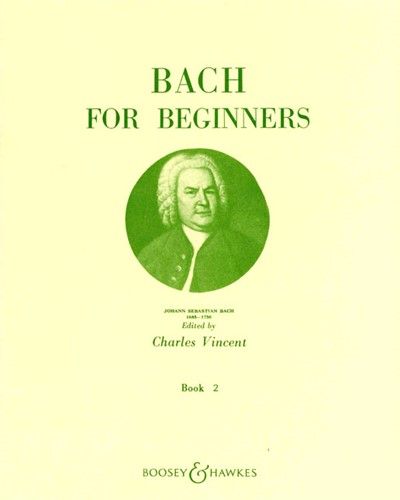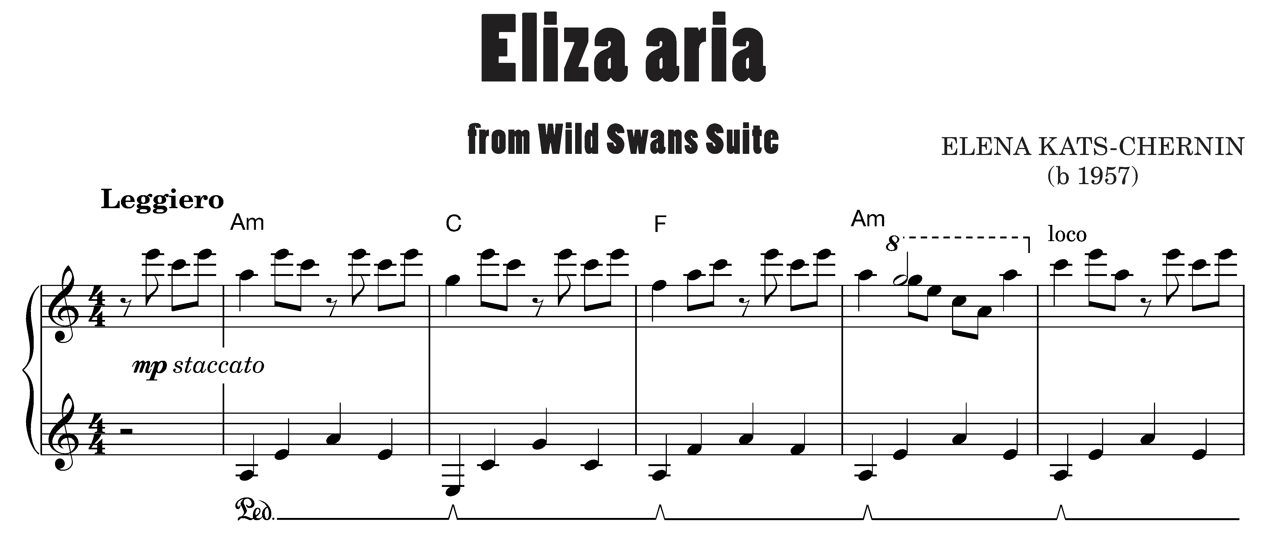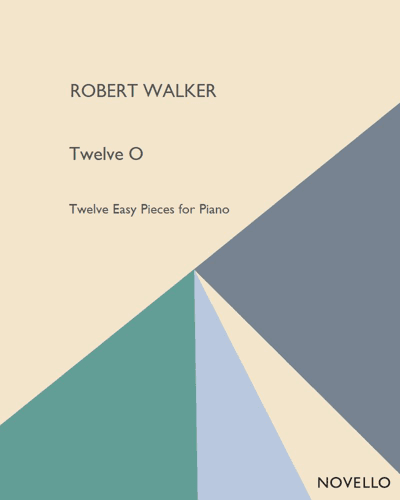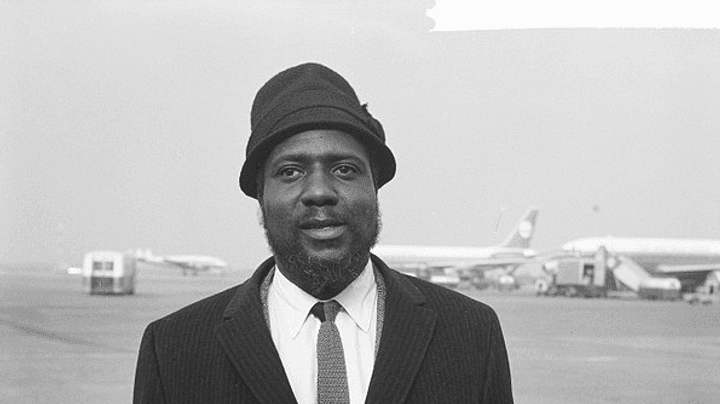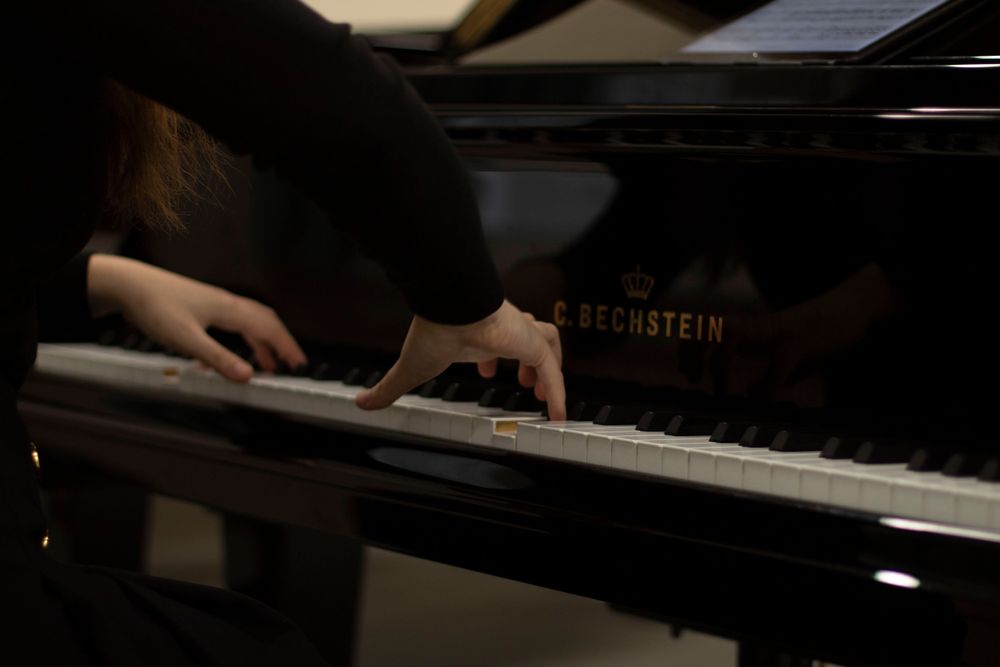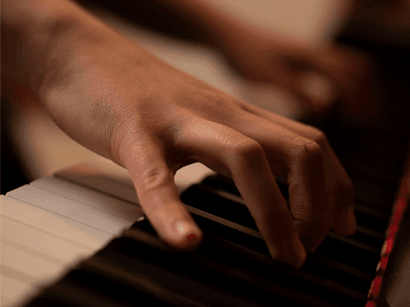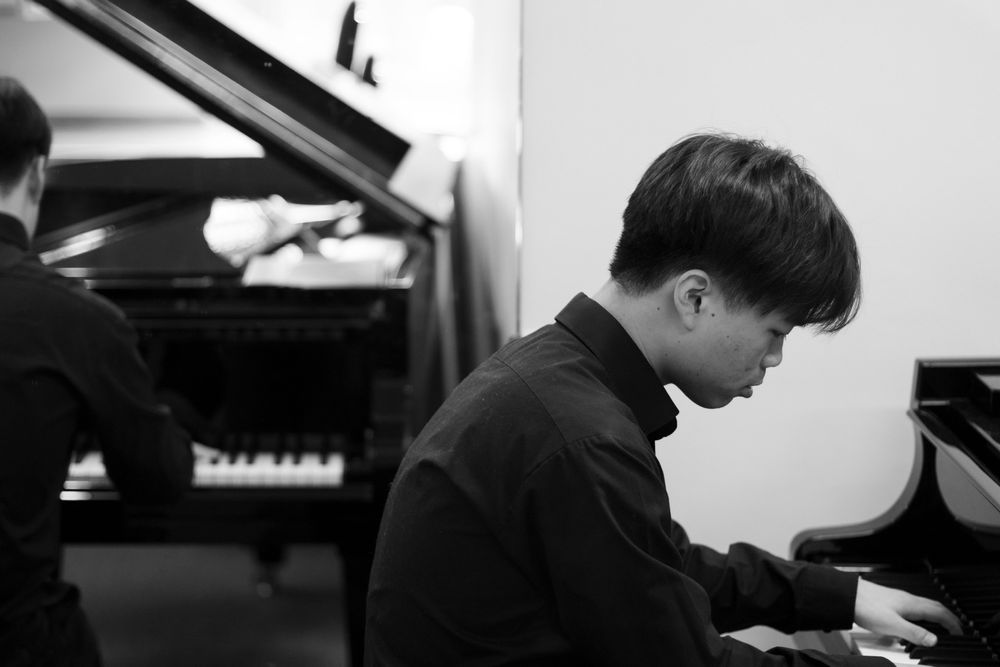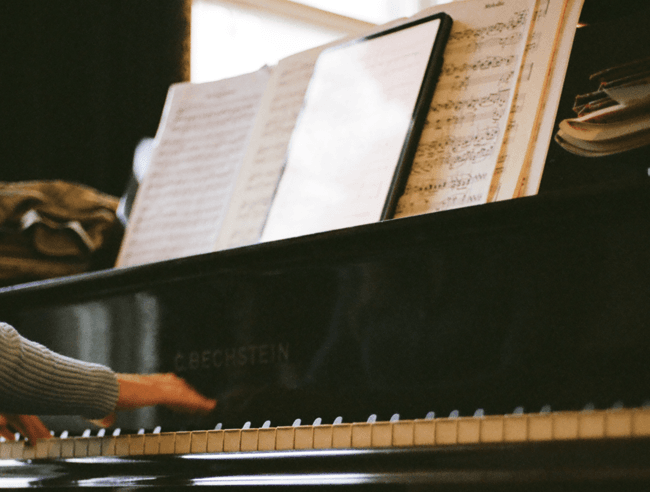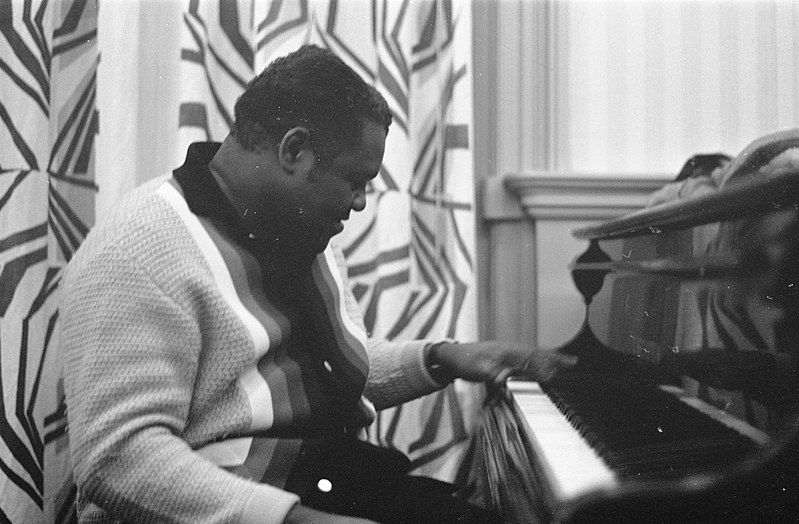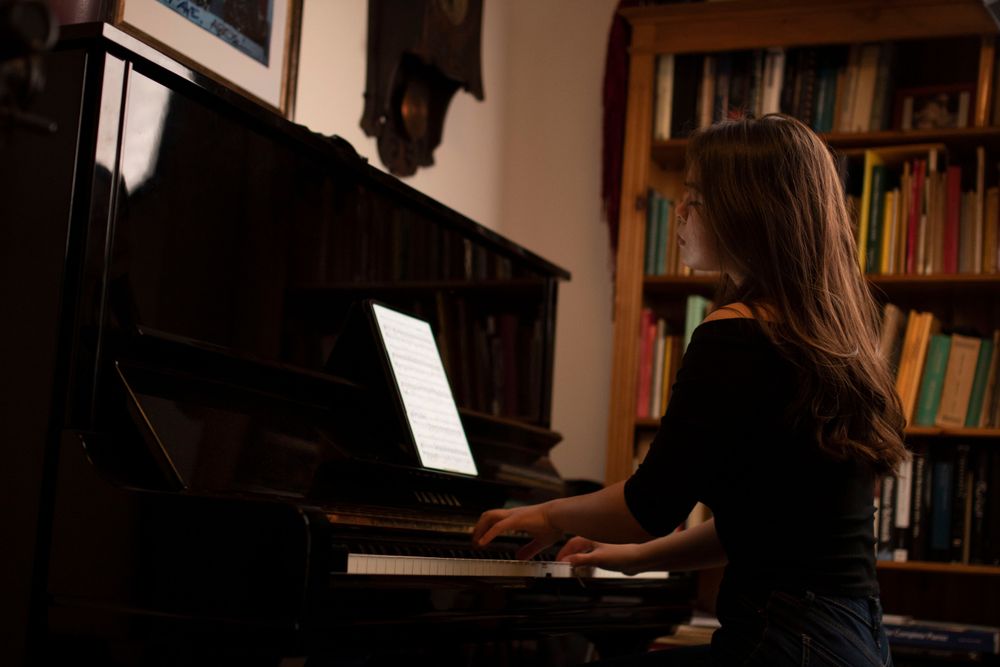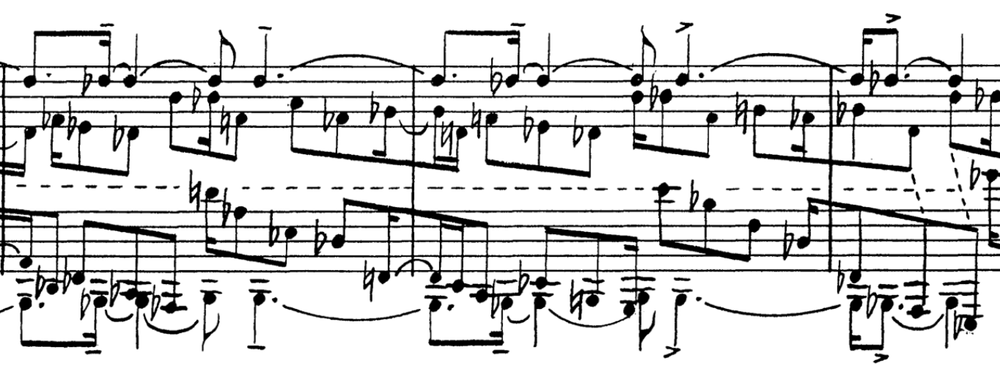Being new to the piano doesn’t mean that your repertoire should be restricted to scales, arpeggios and mind-numbing exercises. As helpful as those can be, there’s nothing like playing a fully fledged piece of music.
So if you’re starting out and looking for something more inspiring to play, you’ll find some new music here that will keep your practice fresh and exciting - ten pieces of easy piano sheet music that you can find among nkoda’s music for piano. Each one is as easy to play as it is rewarding to learn.
Some of these piano pieces are harder to learn than others, but each one is suitable for a beginner. Many works frequently found on lists similar to this one, favourites though they are, aren’t really suitable for starters. 'Clair de Lune', for instance, has somehow managed to acquire the reputation of an easy piece.
This article also steers clear of go-to pieces for beginners that are simplified piano arrangements of larger works, such as Tchaikovsky's popular 'Swan Lake Theme'.
Think of this guide as ten short piano lessons. A list which includes a range of styles and genres. You’ll find background information plus notes about the technical challenges each piece presents.
Easy piano pieces for beginners to learn
- Minuet in D, KV 94 by Wolfgang Amadeus Mozart
- ‘What a Wonderful World’ by Louis Armstrong
- Prelude in A, Op. 26 No. 7 by Frédéric Chopin
- Sonatine No. 1 by Germaine Tailleferre
- Bourrée from BWV 820 by Johann Sebastian Bach
- ‘Elite Syncopations’ by Scott Joplin
- ‘Avril 14th’ by Aphex Twin
- ‘Eliza Aria’ by Elena Kats-Chernin
- ‘The Eleven That Went to Heaven’ by Robert Walker
- Prelude in D minor, Op. 16 No. 3 by Clara Schumann




